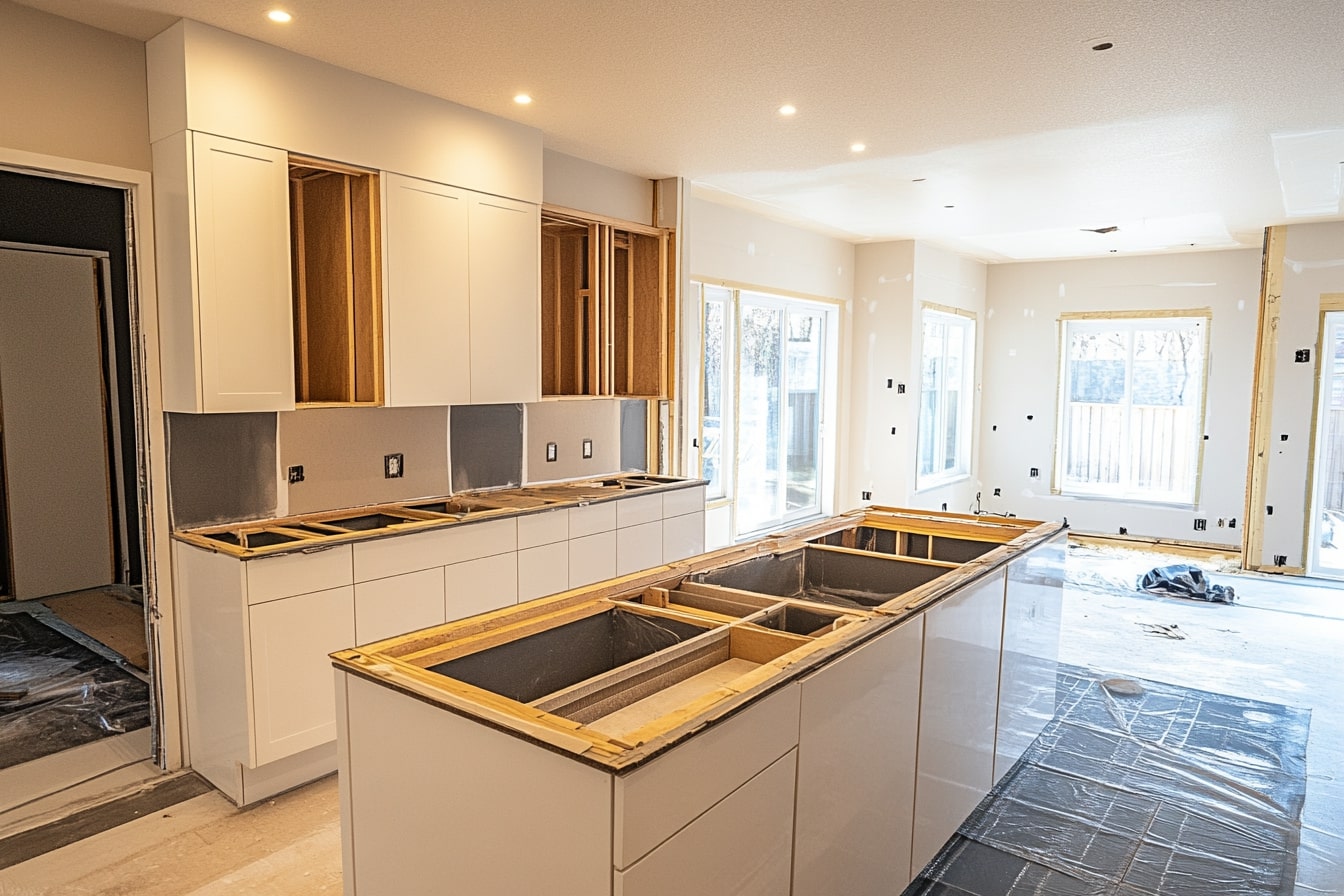Revamp Your Home: The Ultimate Remodeling Guide
Planning a home remodel can boost comfort and increase property value. This comprehensive guide walks you through kitchen and bathroom upgrades, cost expectations, hiring the right contractors, and strategies to maximize ROI. Learn practical tips on layout, materials, energy-efficient options, and budgeting to make your renovation successful and lasting.

Remodeling your home is both a financial commitment and an opportunity to create a space that better fits how you live. Whether you’re refreshing one room or tackling a whole-house update, careful planning and informed choices will help you stay on budget and get the best long-term value.
Kitchen Remodeling Essentials
The kitchen is often the most transformative area in a remodel. Start by examining the layout: the work triangle—the relationship between the sink, stove, and refrigerator—remains a useful guideline for efficient movement. If your footprint allows, consider adding an island to increase prep space, storage, and seating.
Select appliances with energy-efficiency ratings to lower operating costs and appeal to buyers later on. For surfaces, choose durable, low-maintenance countertops such as quartz or high-quality laminates depending on budget and aesthetic goals. Incorporate smart storage solutions—pull-out drawers, full-extension cabinets, and pantry organizers—to keep the space functional.
Lighting is critical: layered illumination combining task, ambient, and accent lighting improves usability and ambiance. Under-cabinet lighting brightens work surfaces, while pendant lights over an island create a focal point. Finally, consider smart appliances and integrated tech only if they add real convenience or efficiency; otherwise, opt for timeless designs that age well.
Bathroom Renovation Strategies
Bathrooms require materials and systems that withstand moisture and daily wear. Begin with essential systems: reliable waterproofing, proper ventilation to reduce humidity and mold risk, and plumbing that meets your household needs. Lighting should include task lighting at vanities and softer ambient options for relaxation.
Popular upgrades that enhance comfort and resale appeal include walk-in showers with glass enclosures, dual vanities in primary bathrooms, and water-saving fixtures to conserve resources and reduce bills. When selecting finishes, prioritize moisture-resistant materials—porcelain or ceramic tile, treated cabinetry, and engineered stone countertops—to ensure longevity.
Think through accessibility and layout: curbless showers, easy-to-clean surfaces, and good grab-bar planning can improve usability now and future-proof the space. Keep the overall design cohesive with your home’s style while avoiding overly trendy details that may date quickly.
Costs and Financial Considerations
| Project Type | Average Cost Range | Typical ROI |
|---|---|---|
| Kitchen Remodel | $25,000 - $65,000 | 60-80% |
| Bathroom Renovation | $10,000 - $30,000 | 60-80% |
| Whole House Remodel | $150,000 - $450,000 | 50-75% |
| Room Addition | $20,000 - $75,000 | 50-70% |
Prices, rates, or cost estimates mentioned in this article are based on the latest available information but may change over time. Independent research is advised before making financial decisions.
Costs vary widely based on region, material choices, labor availability, and scope. Always build contingencies into your budget—typically 10–20% for unexpected issues—and get multiple estimates to compare pricing and timelines.
Selecting the Right Renovation Professionals
Hiring the correct team can make or break a project. Start with referrals and online reviews, then verify credentials: confirm licenses, insurance, and professional affiliations. Ask for detailed written bids that break down labor, materials, timelines, and payment schedules.
Request recent references and, if possible, visit completed projects. For larger undertakings, a design-build firm or an integrated team that combines design and construction can streamline communication and reduce change orders. For smaller jobs, an experienced contractor with a strong portfolio may be sufficient. Clear contracts, milestone check-ins, and transparent communication help keep projects on track.
Maximizing Your Remodeling Investment
To protect both enjoyment and resale value, balance personal preferences with market expectations. Address structural issues, outdated electrical or plumbing systems, and insulation before cosmetic enhancements. Buyers and inspectors prioritize a safe, well-maintained home over purely decorative updates.
Energy-efficient improvements—better windows, upgraded insulation, efficient HVAC systems, and Energy Star-rated appliances—can lower utility bills and increase marketability. When selecting finishes, favor classic colors and durable materials; they look fresh longer and appeal to a broader audience.
Timing and scope matter: smaller, targeted upgrades that modernize kitchens and bathrooms often deliver stronger ROI than extravagant, highly customized features. Keep documentation of warranties, permits, and product information to reassure future buyers.
Remodeling your home can deliver significant lifestyle and financial benefits when approached thoughtfully. By prioritizing function, choosing resilient materials, hiring reputable professionals, and budgeting prudently, you’ll create a living space that serves you now and retains value in the future. Careful decisions that blend current trends with timeless design will ensure your investment continues to pay off for years to come.






